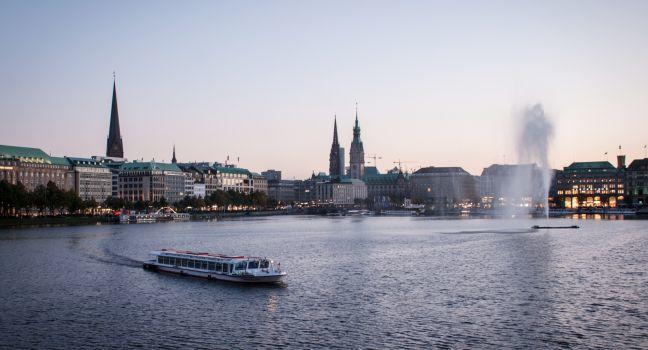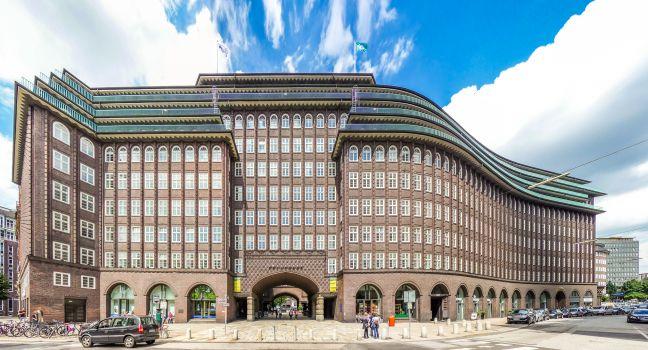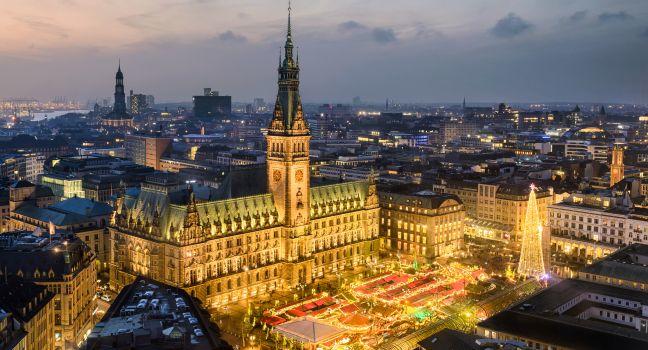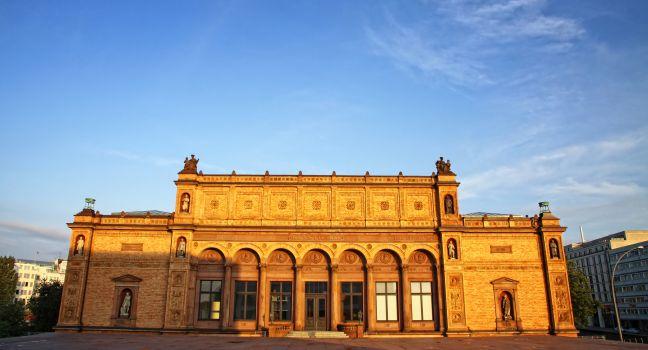Alster Lakes

The twin lakes of the Binnenalster (Inner Alster) and Aussenalster (Outer Alster) provide Hamburg with some of its most celebrated vistas. The two lakes meet at the Lombard and Kennedy bridges. The boat landing at Jungfernstieg, below the Alsterpavillon, is the starting point for lake and canal cruises. Small sailboats and rowboats, rented from yards on the shores of the Alster, are very much a part of the summer scene.
Every Hamburger dreams of living within sight of the Alster, but only the wealthiest can afford it. Those that can't still have plenty of opportunities to enjoy the waterfront, however, and the outer Alster is ringed by 7 km (4½ miles) of tree-lined public pathways.
Popular among joggers, these paths are also a lovely place for a stroll.






